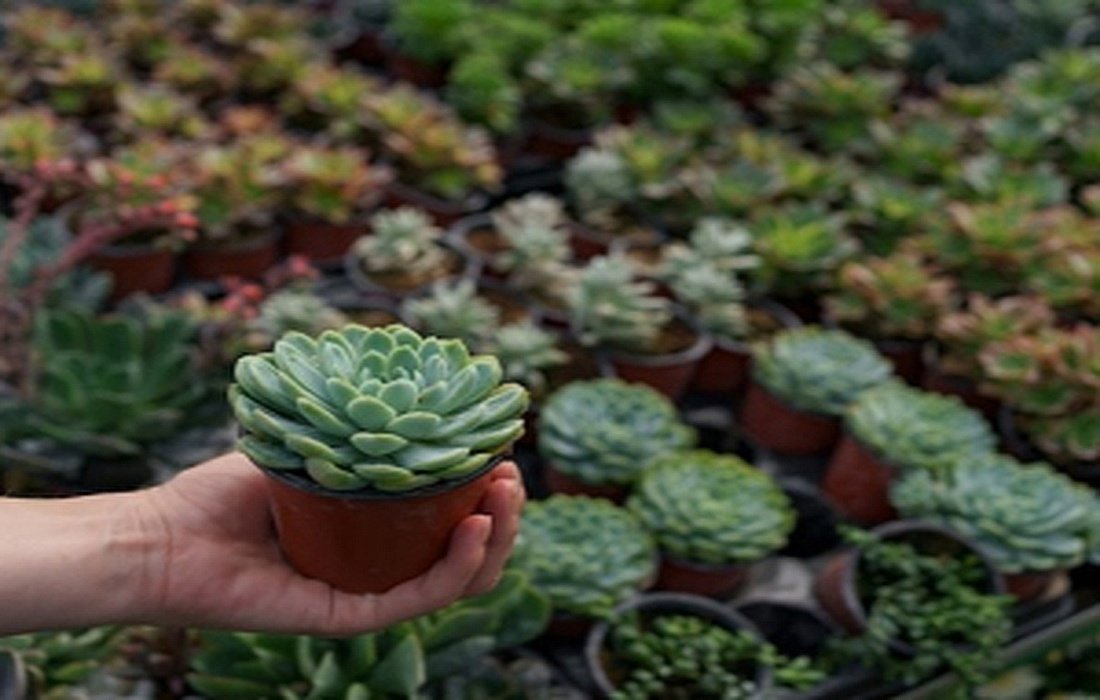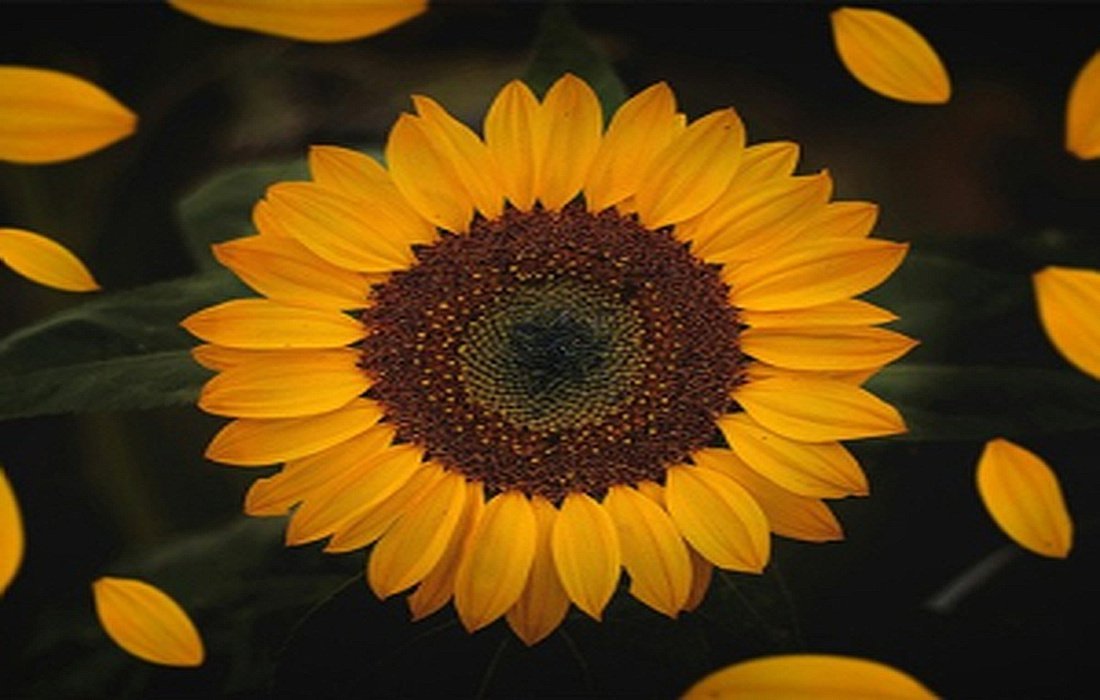Care and CultivationSedum Morganianumor Burro’s Tail
The Morganianum plant, also known as Burro’s Tail, has other names like Horse’s Tail and Monkey’s Tail. This plant, which has over 600 different species, originates from Mexico and belongs to the Crassulaceae family, making it popular among houseplant enthusiasts. In this section ofSelMagzwe will provide explanations on how to grow and care for Morganianum or Burro’s Tail plants.
What does Burro’s Tail Look Like?
Unlike other plants in the Morganianum family, Burro’s Tail has long and thick stems. If cared for properly, this plant can grow between 90 to 121 centimeters. However, there are also smaller species with leaf lengths around 4 centimeters and stem heights of about 45 centimeters.
Care Requirements for Sedum Morganianum or Burro’s Tail
Proper Light
Burro’s Tail needs a lot of light, at least 4 hours a day. Many growers recommend keeping it insunlightwhile others believe that direct sunlight can cause the leaves to turn yellow.
Temperature
Since these plants belong to tropical regions, you can keep them outside during the summer. However, it’s essential to bring them indoors before it gets cold in the winter. The ideal indoor temperature for Burro’s Tail during the winter should be between 10 to 15 degrees Celsius.
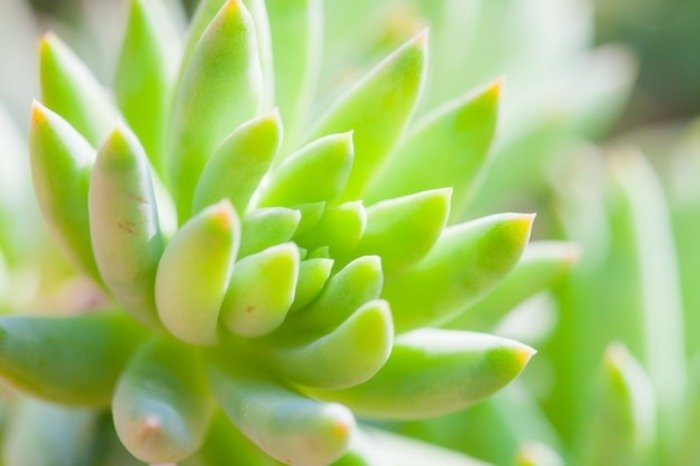
Proper Watering
Unlike other plants in the Morganianum family, Burro’s Tail needs regular watering for lush leaves. Therefore, during the growing season, water these plants frequently. Generally, allow the topsoil to dry before watering again. Mature plants usually require more water than younger ones.
If the plant grows slower during winter, reduce the watering frequency.
Suitable Soil
The appropriate soil for Burro’s Tail consists of cactus soil, regular potting soil, and some perlite or pumice. It’s also crucial that the soil is well-draining.FertilizingBurro’s Tail generally does not require frequent fertilizing, but it is enough to feed it once a month during the growing season with a diluted liquid fertilizer specifically for cactus plants. Avoid fertilizing during the winter.
Repotting
Burro’s Tail plants typically don’t require frequent repotting; only do so if the current pot becomes too small for its growth.
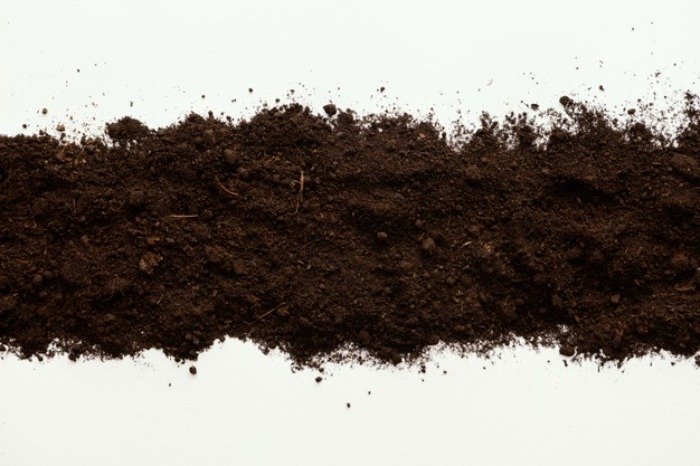
If you plan to repot, refrain from watering for a few weeks. This will make the stems and leaves more flexible during repotting, preventing damage.
Propagation
Propagation of Burro’s Tail is usually not easy, but if you want to try, choose the cutting method. Separate one of the stems and let it dry for a few days, then place it in a pot filled with cactus soil, perlite, and sand.
Keep the soil moist and place the pot in an area with indirect sunlight. Once the cutting roots and grows about 1.5 centimeters, you can transfer it to another pot and continue to care for it.
Pests and Diseases
Like other plants, Burro’s Tail can be susceptible to various diseases and pests without proper care, which we will discuss in this section.
Mealybugs
These insects often appear due to keeping plants in cold areas and nutritional deficiencies. Although they can be difficult to detect, if spotted, use pesticide and neem oil solution to eliminate them. Since these pests also attack the plant’s roots, it’s advisable to change the soil.
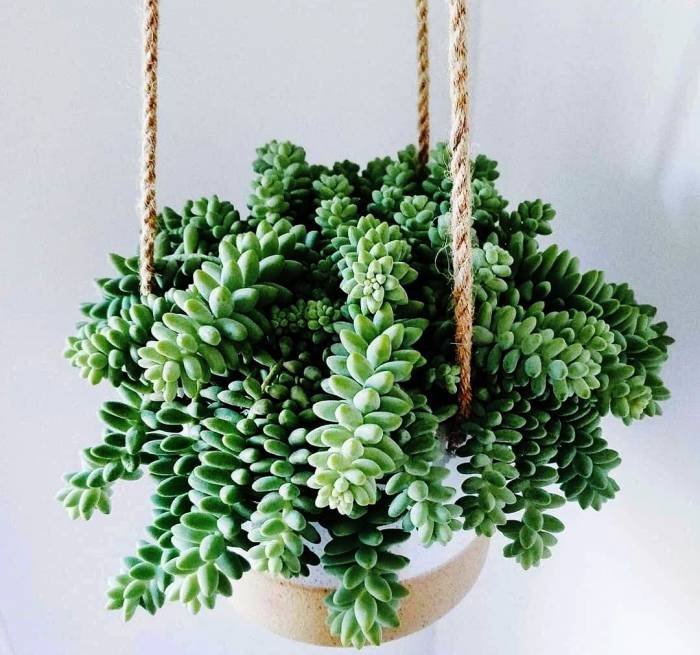
Root Rot
Overwatering and failure to drain excess water can cause Burro’s Tail’s roots to rot. In this case, it’s best to separate the infected parts of the stem and roots from the healthy ones and transfer the plant to new, well-draining soil.
Low Light
Pale and dried leaves indicate insufficient light for the plant. To fix this, remove the dried leaves and move the plant to a spot with adequate light (at least 4 hours a day).
Leaf Drop
Touching the leaves of Burro’s Tail can cause them to drop. To prevent this, place the plant in a location that is out of reach.
Is Burro’s Tail Toxic to Animals?
Studies show that Burro’s Tail contains no toxic substances for other animals.
Sedum Morganianum
Care for Sedum Morganianum



